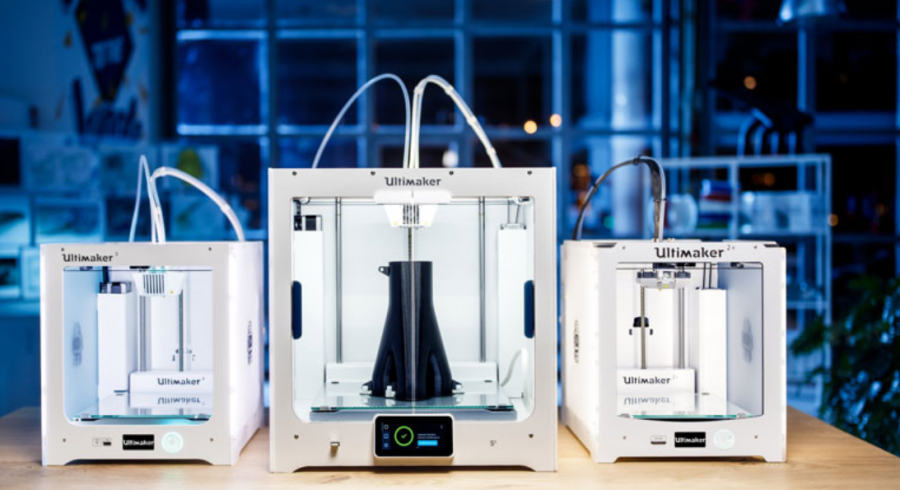Advances in today’s 3-D printing
December 8, 2020
Scientists have 3-D printed a microscopic version of the USS voyager, something many would not expect to be 3-D printed. The tiny spaceship is only five micrometers long, the equivalent to 0.005 millimeters. It was made by researchers at Leiden University who have been printing multiple microswimmers, which are small objects that can move through liquids.
The way these microswimmers move through liquids is because of chemical reactions the platinum coating on the object, as it reacts to a hydrogen peroxide solution. The force from that reaction propels the object through any substance it is in. Some of the swimmers are capable of being propelled by an external magnetic force; this is not practical because many applications require the particles to move automatically
The microscopic USS Voyager is not the only small object that the scientists printed. Scientists were able to print a 30 micrometer long boat, which is about a third of the thickness of a strand of human hair. As a result of this research, scientists may be able to better understand biological microswimmers such as bacteria, or white blood cells.




